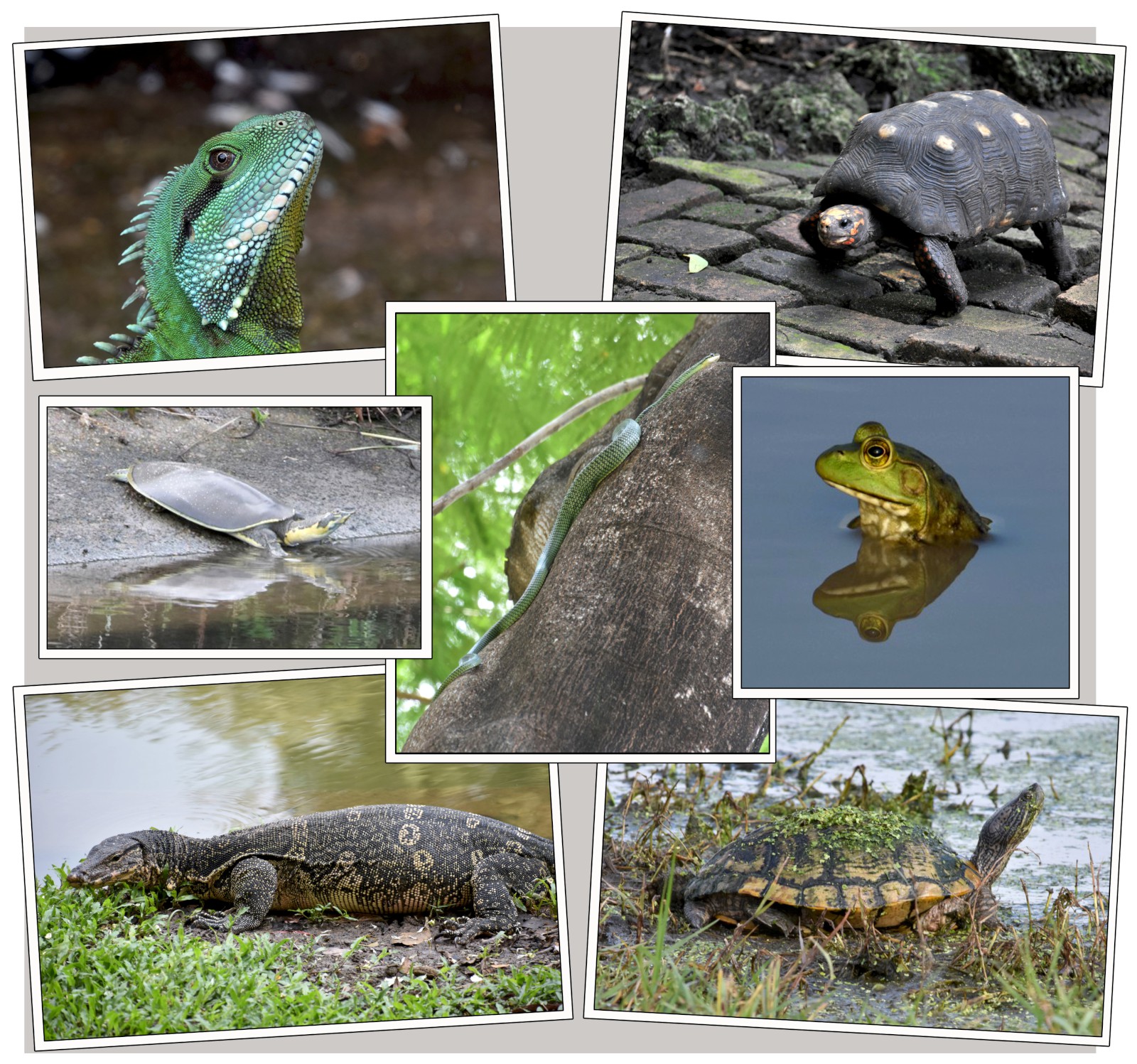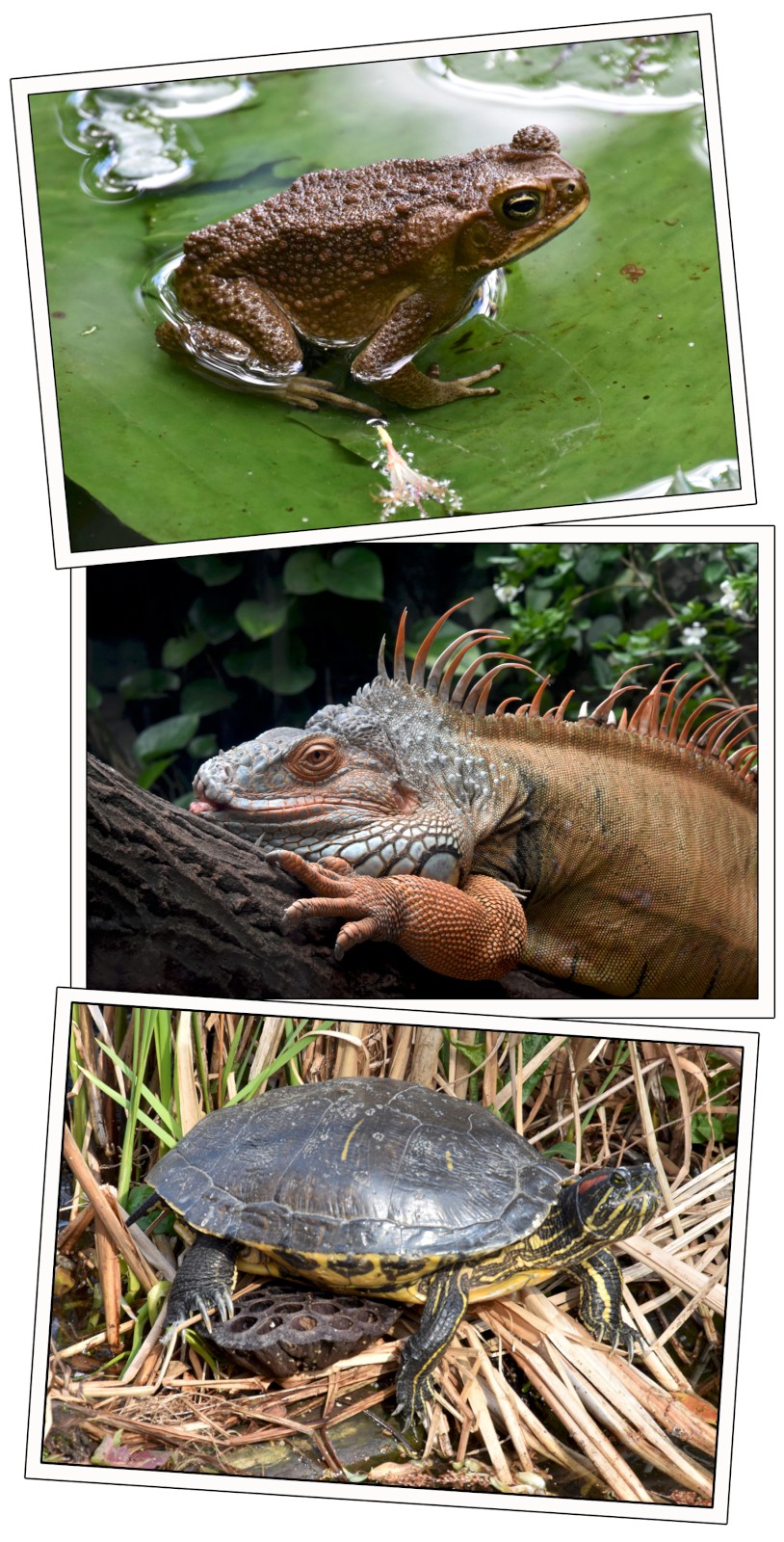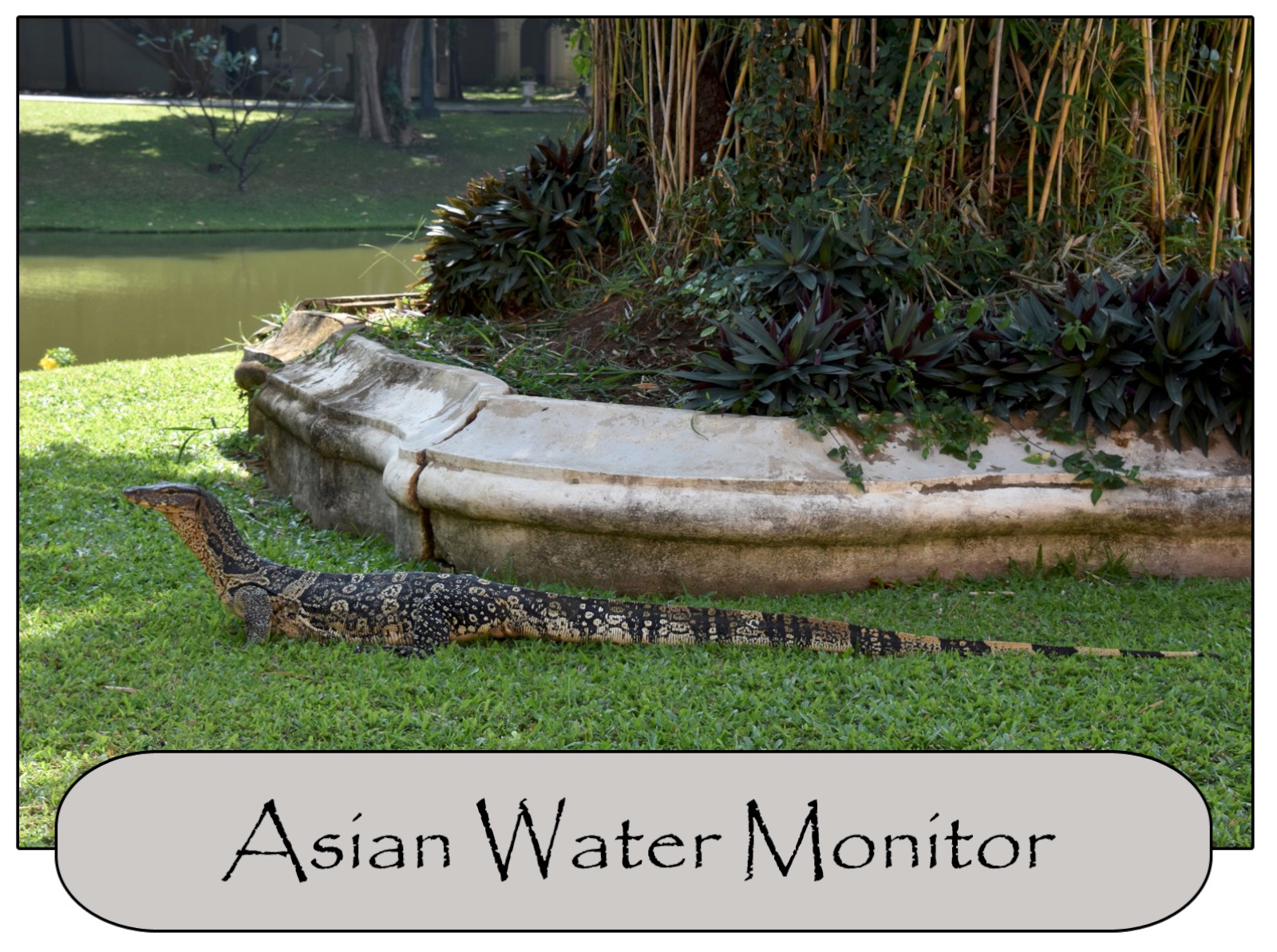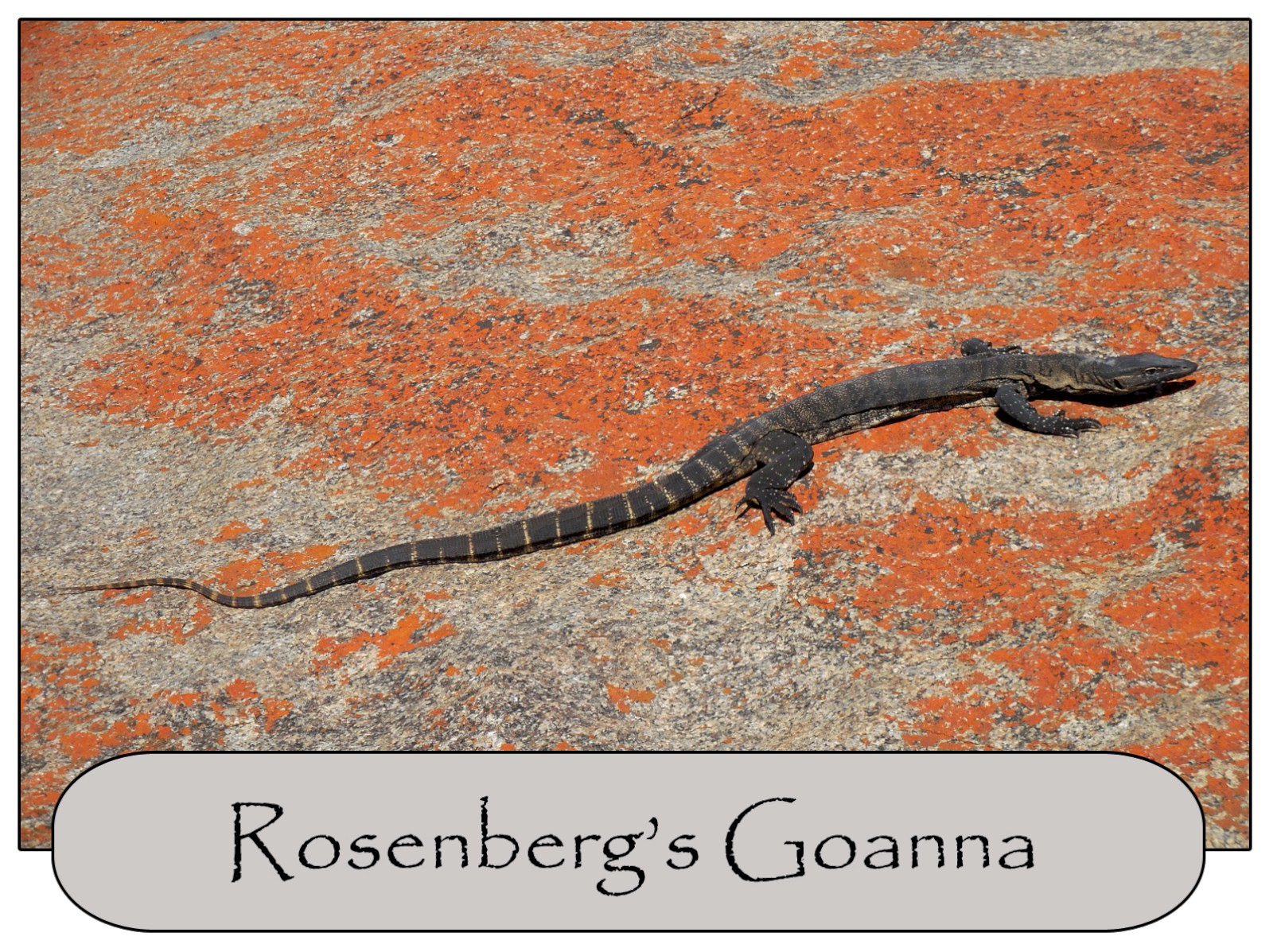
Reptiles and amphibians share two similar traits: They both lay eggs and they are unable to regulate heat with their own bodies and must warm up basking in the sun or cool off by seeking shade. Currently there are more than 10,000 species of reptiles with an additional 2,700 subspecies and more than 6,000 amphibian species exist worldwide.
Reptiles include lizards, snakes and turtles. Reptile eggs have hard shells to prevent water loss which enables them to lay their eggs on land. Their skin is scaly which allow them to thrive in hot, dry climate of deserts.
Amphibians includes frogs, salamanders and toads. Amphibians lay their eggs in water and start their life with gills then convert to air-breathing when they become adults. They have thin delicate skin and cannot survive far from water or moist woodlands.
Virtually all of my reptile and amphibian sightings are incidental sightings which means that have only seen reptiles and amphibians when I was involved in some other activity.
The fact that I have seen many different species of reptiles and amphibians without really trying means that they are living all around us. I have seen them in city parks, in green spaces near tourist sites, in urban gardens and even in my back yard.
Amphibians are normally seen either in or near water. When there is a wetland with a large occurrence of amphibians then it is an indication of a healthy environment because amphibians have permeable skin that makes them particularly sensitive to environmental disturbance and change.
Reptiles have a more diversified ranges of climate. Different species of reptiles are found in deserts, forests, tropical forests and temperate forests.
As far as wildlife viewing is involved, seeing reptiles and amphibians is relatively easy. The main factor in seeing them is to make an effort to look for them. Lizards tend to run quickly if they sense danger but many times they will stay motionless if they are not threatened. Snakes are a little different, they will slowly move away from danger unless they fill threatened and then they will attack.

Most people are not usually interested in seeing Reptiles and amphibians because most of them are not visually attractive and some are actually feared (snakes).
I find reptiles and amphibians to be very interesting. I guess “beauty is in the eyes of the beholder” but sometimes I do keep my distance (snakes).


